Understanding Alcoholism: Signs, Causes and Treatment
Written by Camille Renzoni
& Medically Reviewed by Dr. Andrew Proulx, MD
Medically Reviewed
Last updated: 12/29/2022
Alcohol abuse is common, but remains misunderstood and stigmatized. Learn the facts about this severe substance use disorder.
Although the terms alcoholism and alcohol abuse are widely used, alcohol addiction is known as alcohol use disorder (AUD). This term is used in the Diagnostic and Statistical Manual of Mental Disorders, fifth edition (DSM-5), which is the universal diagnostic manual for mental health disorders.
Understanding what alcoholism is, how alcohol affects people and the causes of alcohol addiction are key to grasping the severity of the disorder and the need for professional addiction treatment to achieve good health safely.
What Is Alcoholism?
Alcoholism is a chronic obsessive drinking pattern that continues despite adverse consequences. Affected individuals lose control over their alcohol use, often despite repeated earnest efforts to limit or eliminate their alcohol consumption.
Alcoholism is characterized by physical and psychological dependence on alcohol, which results in withdrawal effects when alcohol consumption stops. The disorder is also characterized by the development of tolerance, which occurs when the person requires larger amounts of alcohol to attain the desired effects.
Types of Alcohol
The type of alcohol that people drink is known as ethyl alcohol, or ethanol. According to the Centers for Disease Control and Prevention (CDC), a standard drink is 14.0 grams (0.6 ounces) of pure alcohol.
A standard drink amount varies in different types of alcoholic beverages, depending on their alcohol content:
- 12 ounces of beer (5% alcohol)
- 8 ounces of malt liquor (7% alcohol)
- 5 ounces of wine (12% alcohol)
- 1.5 ounces of distilled spirits, or liquor (40% alcohol)
What Causes Alcohol Abuse?
Alcoholism is caused by a complex mixture of factors that are from two broad categories:
- Genetic factors, sometimes referred to as the “nature” factor
- Environmental factors, sometimes referred to as the “nurture” factor
Genetic Factors
There is no single alcoholism gene that causes people to become addicted to alcohol. Rather, there are various genes that influence whether or not a particular person is predisposed to alcoholism. As well, there are genes that are protective against developing alcoholism. The combination of these genes determine peoples’ predisposition to becoming addicted when they consume alcohol. Since people inherit a combination of genes from each parent, having an alcoholic parent – or even both parents – doesn’t necessarily mean someone will become an alcoholic as well. Many genes have multiple copies in a person’s DNA, and the number of combinations is vast. Besides, genetics are only a part of the cause of alcoholism; based on studies of twins, it is estimated that genetics are 40-70% of what makes people become addicted to alcohol, and other factors are involved.
Mental Health Conditions
Alcoholism is also closely tied to other mental health disorders such as depression, anxiety and bipolar disorder. Alcohol abuse can cause mental health issues, and vice versa. Mental health disorders and alcoholism, as well as other substance use disorders, share many of the same genetic causes, risk factors and even symptoms. Related Topic: Alcohol and Depression A co-occurring mental health disorder, which is known as comorbidity, occurs in 50-70% of people with alcoholism. Many people who misuse alcohol or other substances do so to self-medicate the uncomfortable symptoms of a mental health disorder. In many cases, the person may not even be aware that they have a treatable mental health disorder. Their chronic, repetitive use of alcohol to self-medicate results in alcoholism. While alcohol (or other substance) use may numb the symptoms for a while, drug and alcohol use worsens the mental health disorder by disrupting the same brain chemicals that cause the mental health symptoms. As such, alcohol or other substance use constitutes a dysfunctional coping mechanism for dealing with mental health symptoms. Likewise, for many people, alcohol use is a dysfunctional coping mechanism for dealing with life stressors, past traumas or other experiences that cause negative thoughts, emotions and feelings.
Signs of Alcoholism
The signs of alcoholism are well described by the 11 questions in the DSM-5 diagnostic tool listed in the previous section. However, in summary, here are some red flag signs that may indicate an alcohol use disorder:
- Inability to stop or control alcohol use, despite obvious negative consequences
- Using alcohol to cope with stress, negative emotions or mental health symptoms
- Development of tolerance
- Withdrawal symptoms when not using alcohol
- Neglecting responsibilities or important activities due to alcohol use
- Using alcohol as an “eye-opener” in the morning
- Feeling guilty about alcohol use
- Other people suggesting stopping using alcohol
- Craving alcohol
- Spending inordinate amounts of time spent consuming alcohol or recovering from it
- Getting in trouble with the law due to alcohol use
- Dangerous behaviors while using alcohol, such as drunk driving
Related Topic: Alcohol Use Disorder
How Is Alcoholism Diagnosed?
Alcoholism cannot be diagnosed by a blood test or X-rays. Rather, it is diagnosed by a questionnaire that has been validated to have a high probability of identifying people with AUD.
DSM-5 Alcohol Use Disorder Diagnostic Criteria
This questionnaire is provided by the DSM-5, and consists of 11 questions, listed below. In the past year, have you:
- Experienced times when you drank more, or for longer than intended?
- Wanted to slow or stop drinking, and tried to, but couldn’t?
- Spent a significant amount of time drinking, being sick from drinking or recovering from the effects of drinking?
- Craved alcohol, or a drink, so badly that it was overwhelming?
- Been unable to take care of your home or family, or had job- or school-related problems because of your drinking?
- Continued to drink despite the drinking causing trouble with your family or friends?
- Lost interest in or stopped participating in hobbies in order to drink?
- Gotten into risky situations because your drinking, or engaged in activities that are dangerous while drunk, like driving, swimming, using machinery or having unsafe sex?
- Kept drinking despite the alcohol causing depressed or anxious feelings or other mental health issues?
- Had to drink more alcohol to get drunk, or drank more than a usual amount of drinks to feel the same effects?
- Experienced withdrawal symptoms after you stop drinking, like trouble sleeping, shakiness, nausea, restlessness, a racing heart or a seizure?
The questionnaire is interpreted based on the number of “yes” answers:
- Two or more questions answered “yes,” indicates AUD
- Two or three questions: mild AUD
- Four or five questions: moderate AUD
- Six or more questions: severe AUD
AUDIT Questionnaire
Another diagnostic device in use is the Alcohol Use Disorders Identification Test (AUDIT) questionnaire, developed by the World Health Organization.
Alcoholism is a serious and progressive mental health disorder that is often ultimately fatal if left untreated. People who think they may have a problem with alcohol should discuss their symptoms with a physician, regardless of how any questionnaire turns out.
We are here when you are ready.
Speak with a Recovery Advocate today to talk about your treatment options.
Treatment for Alcoholism
Alcoholism is treatable, and every individual is capable of a full and lasting recovery if he or she is ready to seek and accept the right help.
Contrary to popular belief, treatment of alcoholism — as with other substance addictions — is not accomplished simply by the absence of alcohol use. Rather, the underlying biological, physical, mental, social causes and effects of the addiction must be addressed. These considerations are the basis of the biopsychosocial approach to addiction treatment, which is the treatment approach that is overwhelmingly supported by experience and research evidence.
(1) Intake Assessment
The assessment phase of addiction treatment is crucial. People with alcoholism are often by nature secretive about their drinking, often to the point of outright denial. A level of trust is required between the individual and the therapist so that the extent of alcohol use, other substance use and co-occurring mental health disorders can be identified.
(2) Treatment for Co-Occurring Disorders
Treatment of alcoholism should include treatment of comorbid mental health disorders, or treatment is less likely to succeed. Likewise, people with mental health disorders should have substance use disorders identified and treated, or treatment will be less likely to succeed.
(3) Detox
Following assessment, people with chronic alcohol use pass through the process of ridding their body of alcohol and its toxic metabolites, a process known as detoxification (detox). As the body clears these substances, the unpleasant experience of withdrawal occurs. It may surprise some people to know that of all the drugs of abuse, alcohol is by far the most dangerous one to withdraw from; it can even be life-threatening. By participating in a medical detox program, individuals can pass through the withdrawal period safely, with the guidance of medical professionals.
(4) Transition to Further Treatment
The next phase of treatment is usually inpatient, or residential treatment, which may be followed by partial hospitalization or intensive outpatient programming. During rehab is when the issues that underlie the alcohol addiction are addressed. Rehab for alcohol addiction is a multidisciplinary effort, and is designed to be comprehensive, including:
- Group and individual counseling
- Recreational therapy
- Medication management, if applicable
- Management of comorbid mental health disorders
- General health care
- Healthy, sober living: diet, physical activity, social activities and proper sleep
- Aftercare planning, relapse prevention
There are different types of rehab programs available, including:
- Inpatient (residential)
- Outpatient (community-based)
- Partial hospitalization program (PHP): mid-way between inpatient and outpatient
- Intensive outpatient programs (IOP)
- Long-term residential: this involves extended treatment (usually 3-12 months) using the therapeutic community treatment approach.
(5) Aftercare Planning
An important part of rehab is planning for what happens after discharge. Recovery from alcoholism requires ongoing effort to prevent the return of the conditions that caused the alcohol use, and to prevent relapse. Aftercare planning involves ensuring that these ongoing supports are in place.
Alcohol Withdrawal
Alcohol withdrawal syndrome (AWS) refers to the collection of symptoms that typically occur when habitual drinkers stop or reduce their alcohol intake, either on their own or in an alcohol detox program.
Alcohol withdrawal syndrome usually starts with general hangover symptoms (usually starting six to 12 hours after the last drink):
- Shaking
- Headache
- Diaphoresis (profuse sweating, cold sweats)
- Anxiety
- Insomnia
- Nausea and vomiting
- Chronic, heavy drinkers may also develop hallucinations, confusion, jitteriness and agitation
- Muscle spasms
Related Topic: Ativan for detox alcohol
Alcohol Withdrawal Symptoms
Alcohol Hallucinosis
The hallucinations in early withdrawal are different from the ones seen in the DTs (delirium tremens). They are referred to as alcoholic hallucinosis, and the affected individuals are well aware that the things they are seeing, hearing, tasting or feeling aren’t real. Most of these hallucinations are auditory (hearing things that aren’t there).
Related Topic: Alcohol Withdrawal
Delirium Tremens
About 48-72 hours after the last drink, the dangerous condition known as delirium tremens (the DTs) arises. The DTs cause marked confusion — delirium — as well as other prominent symptoms like:
- Hallucinations that the individual thinks are real, usually visual
- Anxiety
- Seizures
- Severe shaking
- Diaphoresis (drenching sweats)
- High blood pressure, rapid heart rate and elevated body temperature
The DTs can be fatal, so they are always a medical emergency and bystanders should immediately call 911.
Alcohol Withdrawal Seizures
About 24 to 48 hours after the last drink, the possibility of alcohol withdrawal seizures arises. They have been known to occur within two hours and up to 20 days after the last drink. These are generalized tonic-clonic seizures (often referred to as grand mal seizures) and they are frightening to experience or even to witness.
Affected individuals lose consciousness and fall to the floor. Their body stiffens, with the legs straight out and the arms bent at the elbows. Affected individuals may grunt and drool and froth at the mouth. After about a minute they begin shaking violently, which lasts a few minutes or longer. Alcohol withdrawal seizures are always a medical emergency, so bystanders should call 911.
Post-Acute Withdrawal Syndrome (PAWS)
For most people, alcohol withdrawal symptoms have tapered off by about seven days. However, some individuals may develop persistent withdrawal symptoms, a condition known as post-acute withdrawal syndrome (PAWS) or protracted withdrawal syndrome. In these cases, symptoms may last a year or longer.
Typical PAWS symptoms include:
- Anxiety
- Sleep disturbances
- Depressive symptoms
- High blood pressure, heart rate, body temperature or breathing rate
- Low energy, fatigue or apathy
Alcohol Withdrawal Timeline
The severity, time of onset and duration of withdrawal symptoms depend on certain characteristics specific to each individual:
- The age and gender
- The general health
- The health of the liver (which is responsible for metabolizing alcohol and detoxing the body)
- The number of previous episodes of AWS
- Genetic and biological make-up
- Whether or not the withdrawal is being medically assisted
Alcohol withdrawal symptoms usually follow a rough timeline:
- They start anywhere from two hours to a few days after the last drink; on average about six hours after the last drink
- They peak at 24-72 hours
- They usually improve and taper off by seven days
- If they occur, DTs usually start 48-72 hours after the last drink, peak at five days, and last four to 12 days
- Seizures — if they occur — usually start 24-48 hours after the last drink
Alcohol Abuse Statistics in South Florida
While there do not appear to be any published data about alcohol use disorder in South Florida, data from the CDC, the Florida Alcohol & Drug Abuse Association and from the Substance Abuse and Mental Health Services Administration show that Florida lies in the middle section among U.S. states for alcohol consumption.
Unfortunately, although there are widely published data for alcohol consumption in Florida, no such data exists for AUD. However, based on the data that exists, it is reasonable to assume that Florida follows the national average. Data from the National Epidemiological Study of Alcohol Use and Related Disorders (NESARC) suggest that up to 29.1% of Americans will develop AUD in their lifetime.
The Recovery Village Palm Beach at Baptist Health has exceptional programs for treating AUD and other substance addictions and co-occurring mental health disorders. If you have concerns about alcohol use in yourself or a loved one and would like to discuss treatment options, please contact us for a confidential discussion with one of our staff.
View Sources
Bhat, Pookala; et al. “Alcoholic hallucinosis.” Industrial Psychiatry Journal, July-December 2012. Accessed July 2, 2019.
Centers for Disease Control and Prevention. “Alcohol and public health: Data and maps.” March 29, 2018. Accessed July 2, 2019.
Centers for Disease Control and Prevention. “Alcohol and public health: Frequently asked questions.” March 29, 2018. Accessed July 2, 2019.
Grant, Bridget; et al. “Epidemiology of DSM-5 Alcohol Use Disorder: Results From the National Epidemiologic Survey on Alcohol and Related Conditions III.” Journal of the American Medical Association Psychiatry, August 2015. Accessed July 2, 2019.
Jeanblanc, Jérôme. “Comorbidity between psychiatric diseases and alcohol use disorders: Impact of adolescent alcohol consumption.” Current Addiction Reports, September 28, 2015. Accessed July 2, 2019.
Authorship



